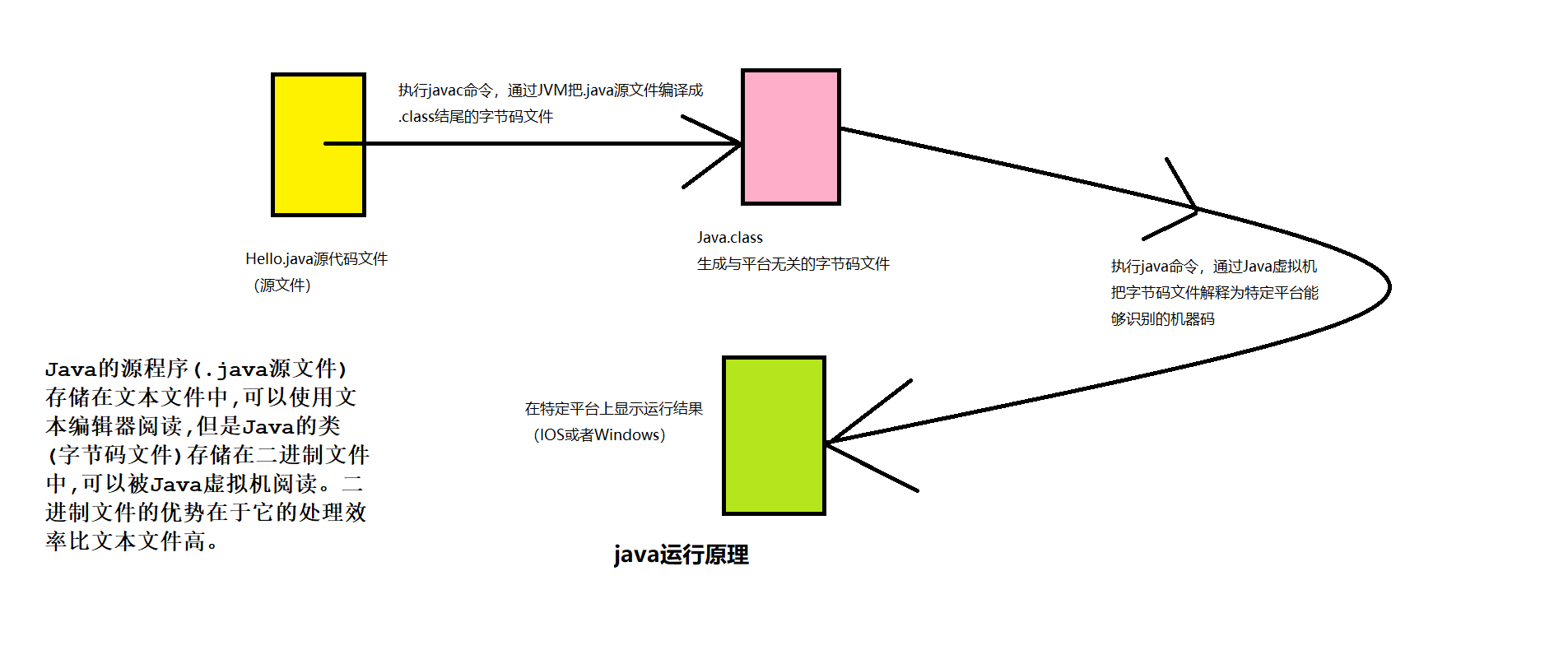Most of the contents of the article links to other blog posts, predecessors of the equipment has been described, I'm not here to say, according to their own situation, their own to search (written by personal circumstances, as well as error-prone easy to forget can also share the next lower understand )
1. Standard Input Scanner (text scanner) class
A simple example
import java.util.Scanner;
public class Demo1 {
public static void main(String[] args) {
Scanner sc = new Scanner (System.in);
String i = sc.next ();
System.out.println (i);
}
}
nextLine () to end the carriage return (you can call twice to eliminate the last press enter), NEX () with a space, enter the end
2.Math type of floor, round and ceil method
floor rounding down
rounding up ceil
4 is round rounded 5 is calculated into the, round method, which represents a "rounding"
3. The built-in data types of packaging
Appreciated boxing and unboxing, and direct output class object calls toString method (inherited from Object Class)
Learn some ways to use wrapper classes contained https://www.cnblogs.com/lilinfeng/p/10981739.html ( packaging method summary )
4. The escape sequence
Preceded by a backslash ( \) character represents the escape character, it is the compiler has a special meaning.
The following list shows the Java escape sequences:
| Escape Sequences |
description |
| \t |
In the text where the tab is inserted into a |
| \b |
In the text where the key is inserted into a retracted |
| \n |
Where in the text wrap |
| \r |
Where the carriage returns in the text |
| \f |
In the text where the insert page breaks |
| \' |
Inserted in the text where the single quote |
| \" |
Inserted in the text where the double quotes |
| \\ |
Inserted in the text where the backslash |
5.java annotation ( Annotation)
Understand the meaning of annotations
https://www.runoob.com/w3cnote/java-annotation.html ( the Java annotation Detailed)
@test unit test is more commonly used features
So that the code does not need main methods can be run directly
6.String,StringBuffer,StringBuilder类
https://blog.csdn.net/u014726937/article/details/52079732 (between the three types)
7Java object references and object assignment
https://www.cnblogs.com/liuurick/p/10713656.html (if vague in this regard can see)
8.System.out.println () meaning
https://blog.csdn.net/writebook2016/article/details/80695327
9. == and equals the difference between the contact
https://blog.csdn.net/qq_27471405/article/details/81010094
10.Java in length and length ()
https://blog.csdn.net/moakun/article/details/80231105
11.Java date and time
https://www.runoob.com/java/java-date-time.html
12.Java flow (Stream), file (File) and IO
https://www.runoob.com/java/java-files-io.html
13.java Generics
14.Java thread
15.JVM related
java operating principle and Memory Management

